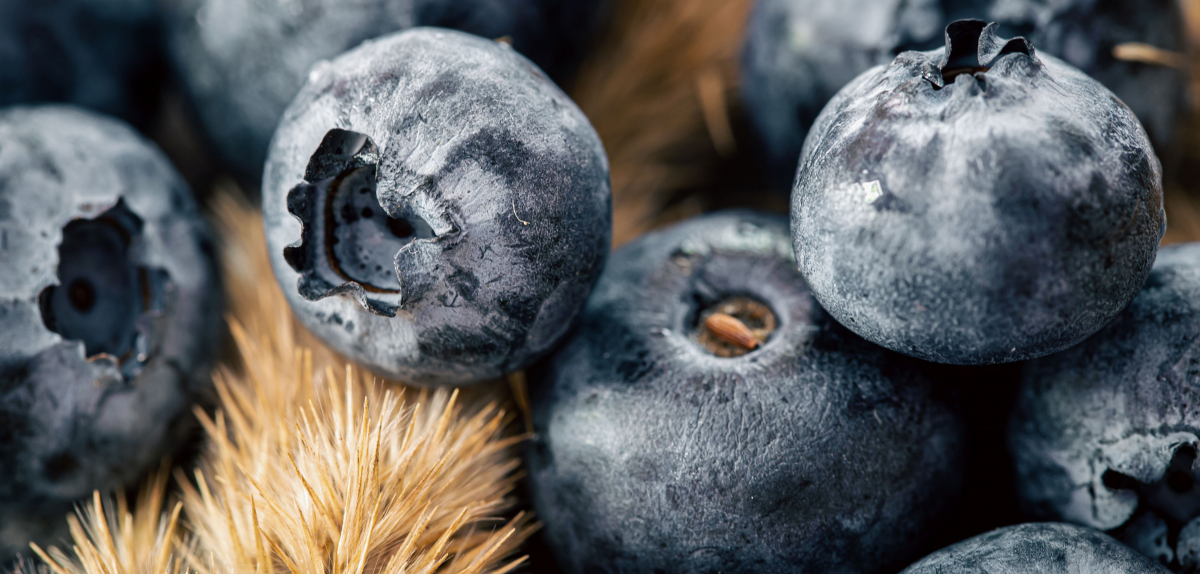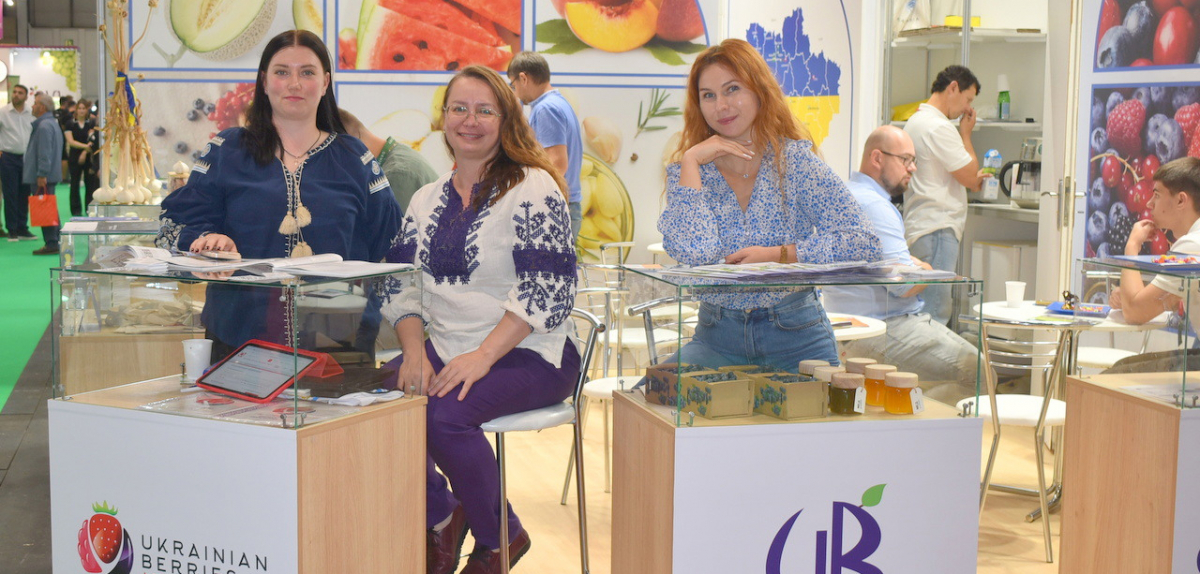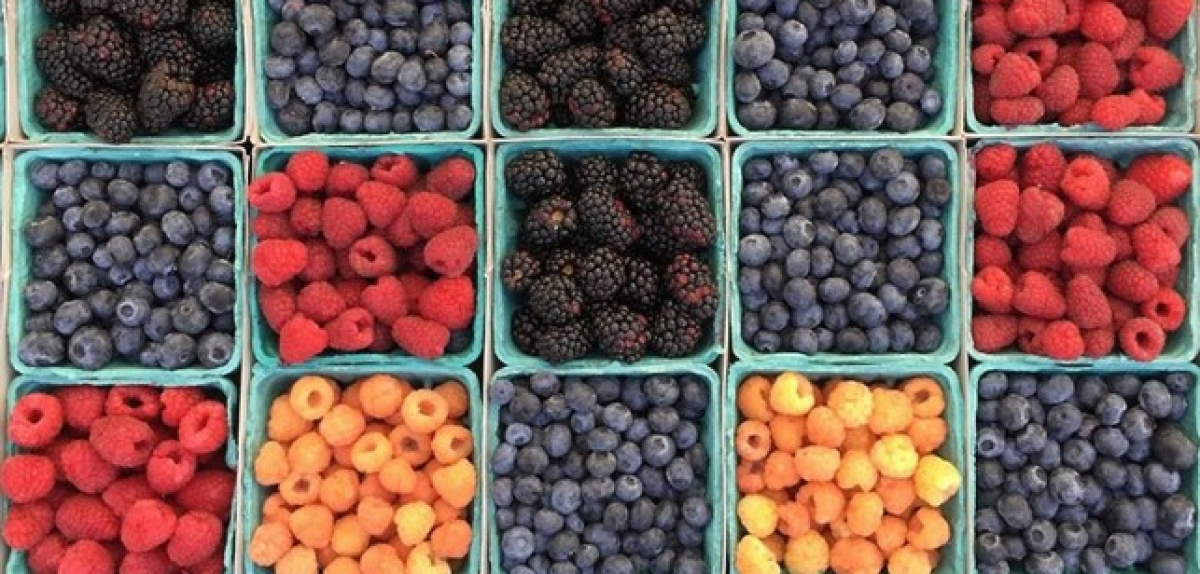
The Ukrainian berry industry has been dealt some heavy blows, but so far, the industry seems to have come out ahead. Iryna Kukhtina, president of the Ukrainian Berries Association, states that although there are still many challenges hanging over berry producers and exporters, some segments have actually seen growth. The overall landscape has changed, she states:
"The past few years have brought unprecedented challenges for Ukraine's berry industry and have reshaped the way producers operate, forcing them to adapt faster than ever. Since the beginning of the war, growers and processors have faced a series of serious difficulties: Loss of production areas, logistics disruptions, labor shortages, and rising costs. Yet, despite all this, the sector has managed to adapt and keep moving forward. Over this period, Ukraine has significantly increased exports of cultivated berries and even slightly expanded overall production. The fresh blueberry segment continues to grow: alongside large professional farms, a growing number of small producers have entered the market with modern cultivation technologies."
The logistical side of the operation has been made much more difficult ever since the war began, Kukhtina explains. "Most berry exports rely on road transport, which has become significantly more expensive since 2022. When many logistics companies withdrew their fleets from Ukraine, transport shortages sent costs soaring. Even after partial stabilization, new problems emerged. For more than six months in 2023, Polish farmers blocked border crossings, halting Ukrainian trucks. Delays still occur periodically."
"This situation forced Ukrainian exporters to diversify routes, often bypassing Poland. The outcome, however, was a lose-lose scenario: Ukrainian producers faced higher logistics costs and longer delivery times, while Polish transport companies lost part of their business flow. As a result, Poland's share of Ukrainian raspberry exports fell from 58% in 2022 to 33% in 2024, while Germany's share rose from 12.5% to 28%, and France's from 3% to 6%."
"The situation is further complicated by the systematic destruction of Ukraine's energy infrastructure by Russia. To minimize risks, many freezing companies distributed storage facilities across different regions and even moved part of their cold storage capacity abroad, to Poland, the Czech Republic, and neighboring countries. However, ongoing power shortages often force producers to sell their harvests quickly, creating price volatility and limiting flexibility in production planning."

Of course, many Ukrainians have tried to flee from the conflict, and seasonal workers from other countries have stopped coming into Ukraine, which, according to Kukhtina, has resulted in difficulties with the available workforce: "Labor shortages remain one of the toughest challenges, driven by migration and mobilization. Internally displaced people help cover part of the gap, but not fully. Many women have retrained and now take on technical and operational roles that used to be filled mostly by men."
According to Kukhtina, acreage has not changed all that much, nor has production. "Overall, planted areas have remained relatively stable. There has been a slight reduction in strawberries and a modest increase in raspberries and blueberries. Production volumes fluctuate from season to season, mostly due to weather, so we do not draw broad conclusions from year-to-year yield swings. For the domestic fresh market, the early-strawberry window that was lost due to the war has been largely replaced by production coming from Zakarpattia, Mykolaiv, and Odesa."
"When it comes to blueberries, the most active expansion is now happening in Volyn, Lviv, and Zakarpattia regions, while Kyiv and Zhytomyr regions remain the country's leading large-scale producers. Raspberry cultivation continues to spread across the entire western part of Ukraine, where both climatic and logistical conditions are the most favorable."
Export markets for raspberries have shifted, as Ukraine is now selling to buyers more directly: "Speaking specifically about raspberries (HS 081120), the European Union remains the core destination for Ukrainian frozen shipments. Poland, traditionally a transit hub rather than a final market, is playing a smaller role, as more Ukrainian exporters work directly with Western European buyers. The Czech Republic also acts as a redistribution point. At the same time, direct deliveries to Germany, France, Italy, and Lithuania have been growing. Poland's share of Ukrainian raspberry exports dropped from 58% in 2022 to 33% in 2024, while Germany's share rose from 12.5% to 28% and France's from 3% to 6%."
"The Ukrainian berry industry is a story of resilience and adaptability. Despite war, logistical challenges, and constant uncertainty, growers continue to work, invest, and expand their export reach. For now, Ukrainian berries are still viewed primarily as an affordable raw product, but the sector is steadily moving toward being recognized for its quality, reliability, and professionalism," Kukhtina concludes.
Source: https://www.freshplaza.com/north-america/article/9778224/the-ukrainian-berry-industry-in-war-time-what-has-been-the-impact/

 En
En  Укр
Укр 


